


Dentistry is constantly evolving and everyday new materials, innovations & techniques are being found to achieve the best possible overall oral health of our patients.Since many years, Crowns & Bridges,and Removable Dentures have been the standard treatment of choice for the replacement of missing natural teeth.
These options of treatment still very much exist,although a large community of people are now demanding treatment resorts that are more reliable, more comfortable,long lasting and which does not require multiple post treatment visits or modifications to be done in the prosthesis due to some or the other discomfort posed by the dentures.
As reported by a lot of patients, Removable prosthesis takes away the pleasure and Joy of having food. Everyone wants to enjoy the meals and to be honest, nobody wants to keep visiting the dentist every 2 weeks to get some trimming or correction in the removable prosthesis.
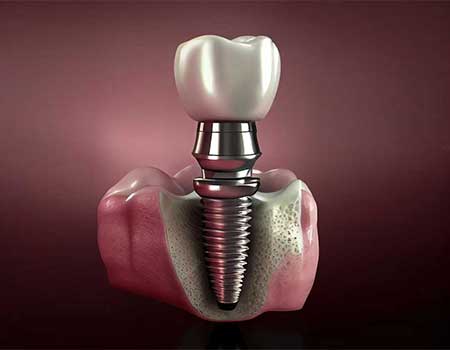
Also the fact that a removable prosthesis needs to be fabricated again in a span of 5-10 yrs owing to changes in the shape & Size of the bone can’t be overlooked.This wastes both time and money and leaves a patient exhausted.
For the past few years now, Dental Implantology has been widely adopted as a preferred treatment option.It has become an indispensable part of the mainstream dentistry, enabling our specialists to improve the quality of life of large patient populations. Using Dental implants, the technology is helping patients return to optimal oral health. Overall, dental Implants are a better & a more permanent tooth replacement option compared to dentures, yielding much better results. Lets see how.
Dr. Rohit Yadav,
Strategic Implantologist & Prosthodontist,
MDS (KGMC, Lko.) MS (IIF, Germany)
“India’s Most Successful Implantologist Dr. Rohit Yadav A highly skilled and Experienced Implantologist who practices Immediate loading Implants Exclusively”.
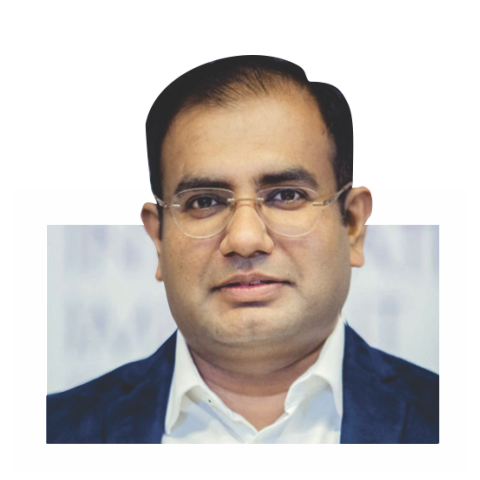

All these factors make Dental Implants the leading choice for most of the patients, despite the fact that they are slightly heavy on the patient's pocket as compared to other treatment options. Patients nowadays are very well aware and want to get the best possible treatment results with minimal investment of time.
Dental Implants Are small titanium “Root-Form” screws, which are placed in your jawbone by an Implantologist to replace missing or failing teeth. After healing, the dentist will restore your implants and place crowns on top.
It should however be kept in mind that only a specialised Dental Surgeon (Implantologist) who is Certified and highly trained in the field of Implantology should be practicing Dental Implants. This field requires a deep knowledge of anatomy of oral tissues and an immense experience as it deals with vital structures such as blood vessels , Nerves & glands and even the slightest margin of error can be fatal for the patient.
Dental Implantology is an extremely vast field , and it incorporates various different aspects,techniques, procedures and protocols which have been postulated from different parts of the world after a lot of studies and research work. All the patients who are indicated for an Implant treatment differ from each other in terms of their Bone quality, quantity, density & mineralization.
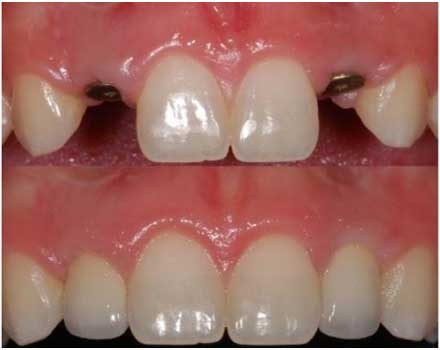
These factors depend upon the patient’s age, sex, systemic conditions like preexisting diseases ,environmental factors like diet and masticatory forces and many others. Treatment plan has to vary from patient to patient and should be customised according to patient’s overall health, aesthetic and functional expectations and proximity of vital structures to the operating area where the Implants are being planned.

These factors depend upon the patient’s age, sex, systemic conditions like preexisting diseases ,environmental factors like diet and masticatory forces and many others. Treatment plan has to vary from patient to patient and should be customised according to patient’s overall health, aesthetic and functional expectations and proximity of vital structures to the operating area where the Implants are being planned.
It is very important to know that a patient seeking an Implant treatment can be advised or asked to choose between 2-3 different treatment plans depending upon his availability of time and his ability to bear the expense of the treatment.In such cases, both the treatment options are viable and successful and either of them can be opted.
HAIDENT'S DENTAL IMPLANTS HAPPY PATIENTS

To See More Beautiful Smile Of Our Dental Implant Patient

Implants can be classified into a wide variety based on different aspects. The following classification is given according to the most current trend of usage of Implants.
An endosteal implant is a type of dental Implant that’s put in your jawbone as an artificial root to hold a replacement tooth.They protrude through the gum to hold the replacement tooth.
There are further three types of Endosteal implant. There is the Blade Implant where thin plates are embedded into the jawbone, Ramus frame Implant where a horseshoe-shaped device is inserted into the mandible and Root form Implant that takes on the shape of a normal tooth. The root form implant is the most common of the three, and the Implant is positioned in such a manner that it offers directional load distribution.
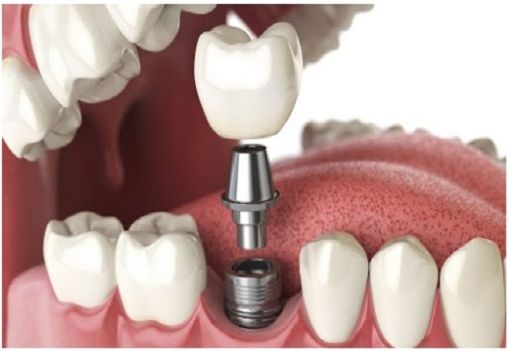
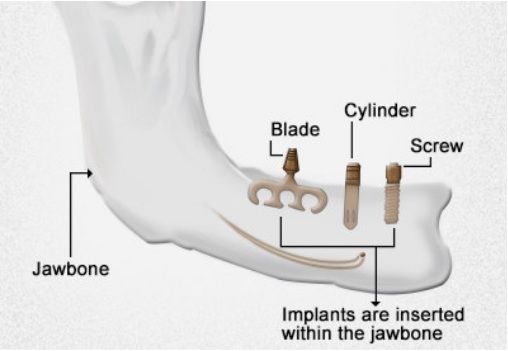

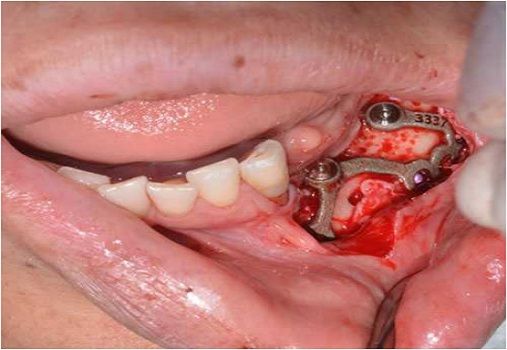
These Implants are placed on or above the jawbone and under the gum to protrude through the gum, holding the replacement tooth.This is a type of Implant where the artificial tooth is placed beneath the periosteum that overlies the cortex. Here the jaw bone is not necessarily drilled. Much of the support is provided by the gums and how the Implant lies on the bony cortex ,it may be unilateral, complete or circumferential.
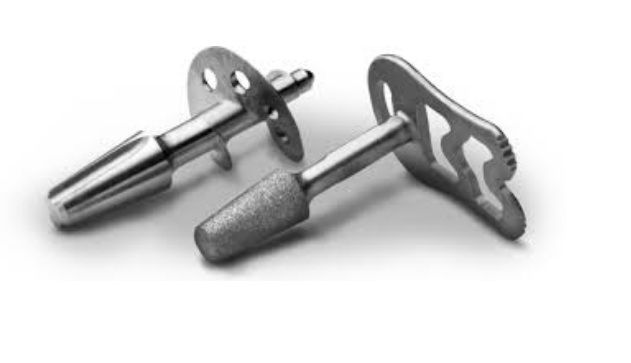
This type of Implant is a combination of both the Endosteal components and those of subperiosteal. The Implant penetrates the two cortical plates.
1) Smooth Surface Implants : Machined surface Implants are those whose surfaces have been machined for better anchorage. They are smoothened which allows less bacterial contamination and retention, therefore less chances of bacterial infections.
2) Rough Surface Implants : Textured surface implants have a rough surface due to surface irregularities (design) for increased surface area. They can also be roughened by surface treatment like titanium plasma spray,grit blasting, acid etching, alkaline etching & calcium phosphate coating etc. It is done to increase the surface area in order to achieve better osseointegration.
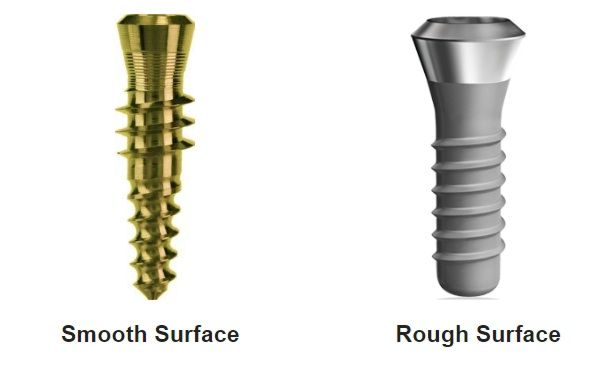
3) Mixed Surface Implants : They have both smooth and rough surface characteristics within the same implant and hence carry goodness of both the types.
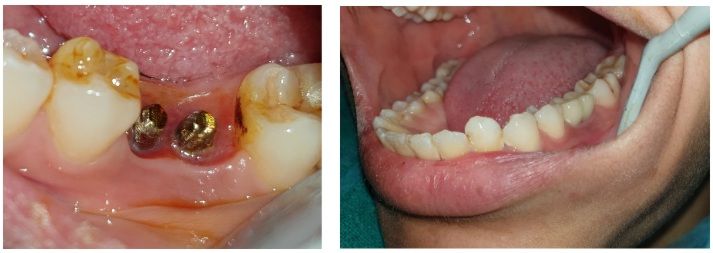
is also known as the Non-Submerged method. Using this technique, the bone is prepared to receive the Implant. The Implant is fitted into the prepared bone (osteotomy). However, the coronal part of the Implant is kept above the bone crest, protruding through the soft tissue, and is exposed to the oral environment during the healing stage.
The restoration can be attached immediately after the Implant placement surgery or may also be delayed.
Examples of the implants that can be placed using the one-stage technique include the Ihde Dental,Germany (Simpladent) ;Solid-Screw Implant® (Straumann,UK, Crawley, W Sussex), AdVent Implant® (Zimmer, FLA, USA) and Single-stage Implant System (BioHorizons, AL, USA).
The Two-stage method is also known as the submerged technique. In this method, two surgical procedures are carried out. The first surgery involves installing the Implant into the bone, and a cover-screw (also known as a sealing-screw) is attached to the Implant platform.The raised flap is then repositioned and sutured to conceal the cover-screw and the Implant.
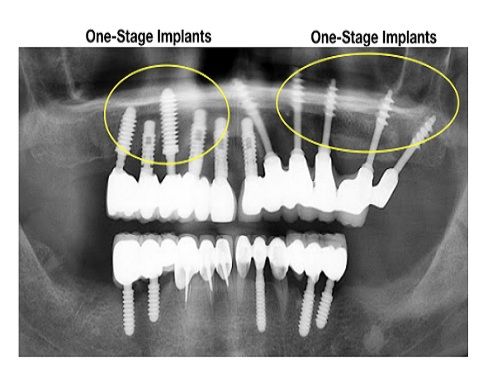
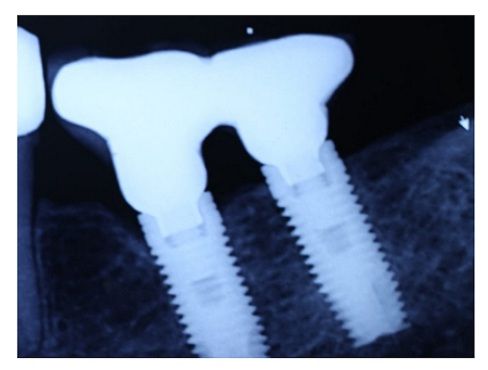
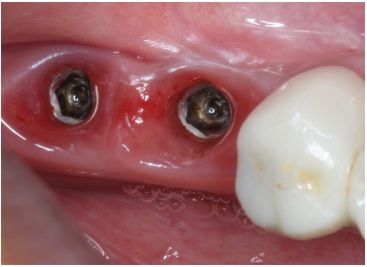
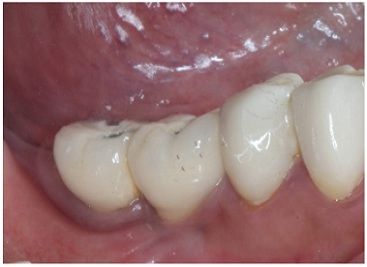
The second stage surgery is carried out. In this stage, the Implant site is re-opened, the cover-screw is accessed and then replaced with a healing abutment, which is also known as a sulcus former or transmucosal abutment .Afterwards, the healing abutment is replaced with a provisional or final restoration. This Method is suitable for use when the quality of bone is not optimum and when bone graft materials are used in conjunction with the implant.
Examples of an implant system used for the two-stage procedure include the Fixture MK III® (Nobel Biocare, Uxbridge, UK), MAX 2.5® Implant (Bicon Inc, Boston, MA, USA) and OSSEOTITE® 2 Certain Implant (BIOMET 3i, Maidenhead, UK). The Type of Implant to be used ,the Technique of placement and the protocols to be followed varies according to the condition of the patient's Bone and his esthetic and functional demands.


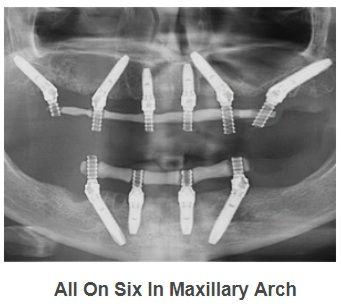
This is the old conventional approach in which we generally place 6 Implants in upper and 6 in lower implants that provide sufficient support to the prosthesis. This technique is generally used in a Two-stage procedure.
While doing an All on Six procedure, typically bone grafting is not required, so they are the perfect solution for patients that have high bone density or good volume in their jaw. So, Conventional Implants are usually placed in patients with good quality and quantity of bone.
Learn More
Though the All on Six procedure is a Graftless solution in Implantology, still, few cases might demand Bone grafting depending on the patient's bone density and other factors. Each patient differs from the other in respect to the bone density, quality and mineralisation and so it’s important for the Implantologist to thoroughly screen and evaluate the patient’s bone,his functional requirements and aesthetic expectations before planning for the Conventional Implants.
After pain management, Conventional implants are placed in the upper and lower jaws. An interim or Provisional prosthesis can be given to the patients over the implants for the meanwhile while healing is taking place. Post healing of the Implants, a definitive prosthesis in the form of a removable overdenture or a bridge can be secured over the implants.
After a period of roughly 3 months , as the healing progresses and the soft tissues and the bone adapt to the Implant , the patient should be cautious in eating hard and chewy food items. The patient should practice a soft diet and maintain good oral hygiene, all the instructions told by the specialist should be strictly followed.

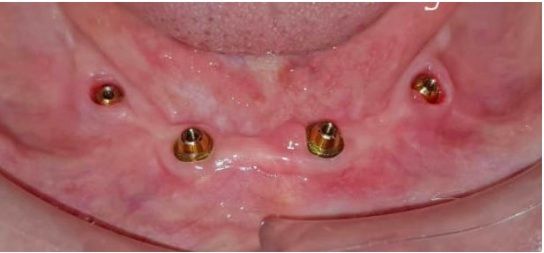
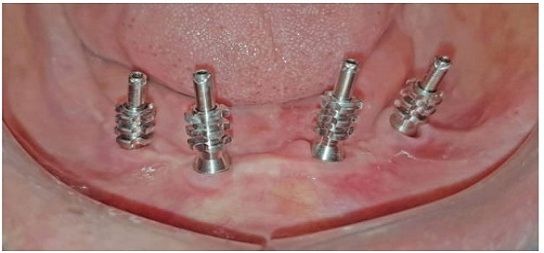
This technique of Implant placement has been into existence almost since the past 20 yrs. The concept was first successfully practiced by Dr Paulo Malo in 1998 in one patient and since then it has been into practice and has provided functional and esthetic results to countless patients.
According to this technique, only 4 Implants are placed in each arch, and Full mouth Rehabilitation is achieved using only these 4 Implants.
Two Implants are placed axially in the anterior region and 2 Implants tilted upto 45 degree are placed in the posterior region on either side of the arch. A fixed Acrylic Bridge (Not Permanent) is then given as the prosthesis.If the condition of the patient and his bone allows , this prosthesis is usually given as an Immediate Prosthesis.This implies that the patient gets the complete treatment done within 3-5 days.
The two posterior tilted implants offer greater surface contact between the Bone and the Implants and so even in case of minimum available bone in the mandible, the support from the existing bone is increased. In the upper arch , the tilted Implants in the Good quality anterior maxillary bone allows for better anchorage.
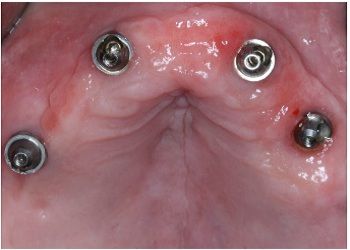
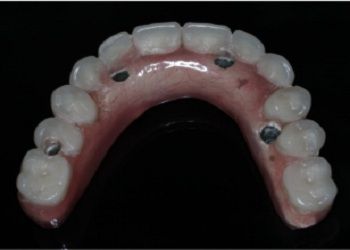
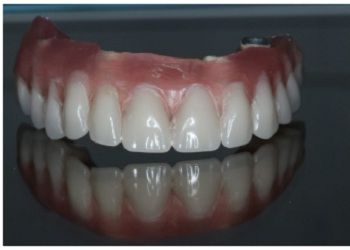


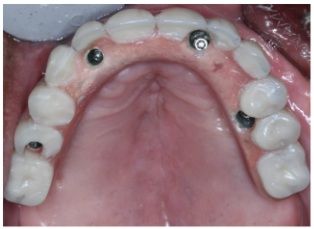
Removable Partial Dentures are an affordable and effective treatment option for partial edentulism. But in the past few years, Implant-supported fixed partial denture has gained popularity as an alternative treatment option for rehabilitation of patients who are partially edentulous.
Implant treatment edges over removable dentures in terms of esthetics, comfort and function and self-esteem . But prosthetic rehabilitation of partially edentulous patients should involve thorough evaluation of clinical aspects such as type of occlusion, vertical dimension, orientation of the occlusal plane, presence of functional or skeletal deficits, free-way space, size, number and location of edentulous areas. Therefore, radiological evaluation of bone support using an OPG or CBCT is important in these cases.
The design, the number and the arrangement of Implants to be planned in a partially edentulous case is largely determined by Topography of Bone and the location of adjacent and opposing teeth.
The radiological examination of the bone support using a radiological guide is important in cases where multiple Implants would be placed.The radiological template’s purpose is to give a visual representation of the future Implant referring to ideal positioning in imaging.
Prosthetic rehabilitation of partially edentulous patients with Implant-supported prostheses has many advantages such as fixity, good resistance and psychological comfort for the patient. However, it is important to respect the design, biomechanical, esthetic and occlusal requirements to obtain a satisfactory result.
It is a surgical procedure which is done to increase the amount of bone in the posterior maxillary region (upper jaw bone area) or in the area of upper premolar and molar teeth by lifting the membrane of sinus (aka Schneiderian membrane ) and placing a bone graft.
Sinus lift procedure is also known as Maxillary sinus floor augmentation, sinus graft, sinus augmentation or sinus procedure. After the loss of teeth, the alveolar process starts to remodel.The socket of the extracted collapses during healing leaving an edentulous ridge. This collapse causes a loss in both height and width of the surrounding bone. Also, after the loss of a maxillary molar or premolar, the maxillary sinus is pneumatized in this region which further diminishes the thickness of the underlying bone.

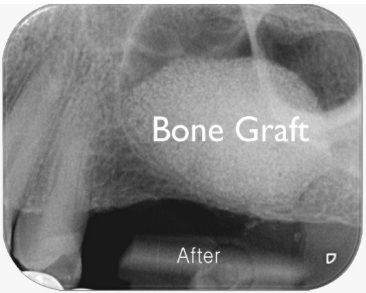
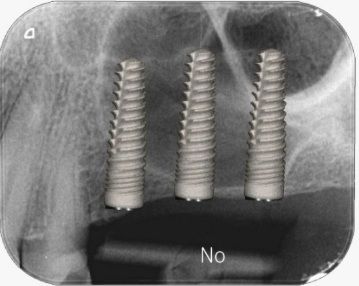
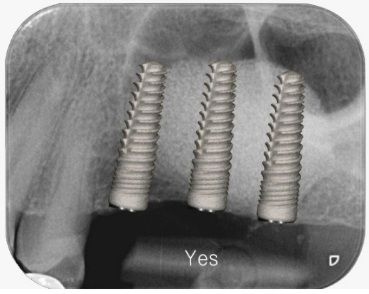
Overall, this leads to a loss in volume of bone that is available for implantation of Dental Implant which relies on osseointegration (bone integration), to replace missing teeth.
The goal of the sinus lift is to graft extra bone into the maxillary sinus, so more bone is available to support a dental implant.
Sinus augmentation (sinus lift) is performed when the floor of the sinus is too close to an area where dental implants are to be placed. This procedure is performed to ensure a secure place for the Implants while protecting the sinus.
After the sinus lifting has been done, bone grafts are placed which helps in restoring the quantity of jawbone required to hold the Implants in place. The bone that is chosen for grafting is generally a combination of Freeze-Dried bone,artificial synthetic bone and autogenous bone.


There are certain medical contraindications to Conventional Implant Treatment, as certain complications may arise which can be serious or even life risking for some patients.
1. Lesions in the mouth (dermatosis) Treat the lesions before the treatment ; Use strict asepsis during Implant surgery
2. Poor oral hygiene or tooth infection near the site of the implant like a failed endodontic treatment. Treat the infection before the procedure Improving oral hygiene habits before the procedure.
3. Malocclusion Undergo an orthodontic treatment before Implant treatment.
4. Unfavorable position of the Inferior alveolar nerve and other Vital anatomical structures of the mandible Take extra precautions before placing an implant in the mandible use of CBCT and other measurement tools Finding an alternative to conventional dental implants.
5. Poor Periodontal condition Performing a Gingival graft Treating the periodontal or gingival disease to stabilize it Finding an alternative to conventional dental implants.
6. Bruxism Solutions Wearing a mouthguard device to prevent damage to the teeth and implants at night Finding an alternative to conventional dental implants.
7. Unfavorable maxillary sinus Evaluating the position and anatomy of the maxillary sinuses Taking extra precautions when inserting implants in the upper posterior jaw. Performing a sinus lift surgery and grafting bone Finding an alternative to conventional dental implants.
8. Insufficient alveolar bone density or volume Performing a bone graft or sinus lift before the Implant Finding an alternative to conventional dental implants Considering there are numerous contraindications & Limitations of the Conventional Implants , an alternative Implant treatment option should be adopted which can be practiced despite these conditions of the patient and the bone.
It is well known that since the prevalence of the systemic diseases is very high after the 4th decade of life in almost all the countries, and the fact that most of the patients seeking Implant treatment lie within this age group, Finding and opting for an alternative and better system that could survive these conditions becomes almost indispensable.
This has led to a new system of Implantology , which has fewer to almost no contraindications. It's surprising yet true that even the worst and the rejected cases of conventional Implantology can be successfully executed and completed under this new system of Implantology . This is Cortico-Basal ( Strategic/Cortical/Basal) Implantology.
